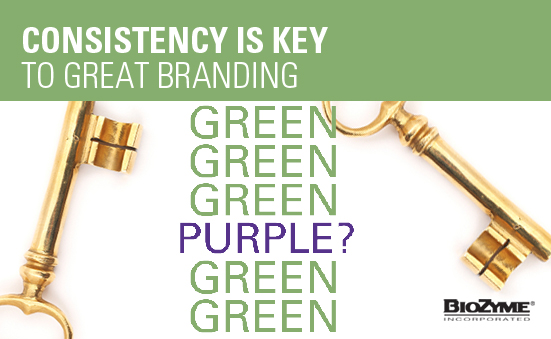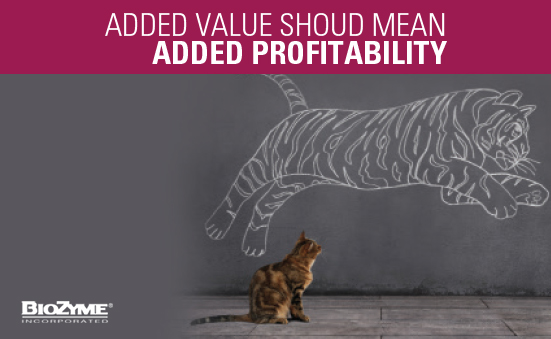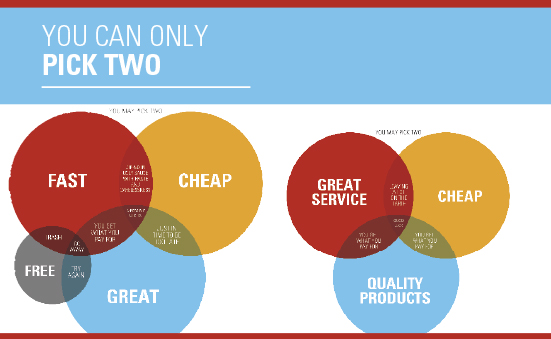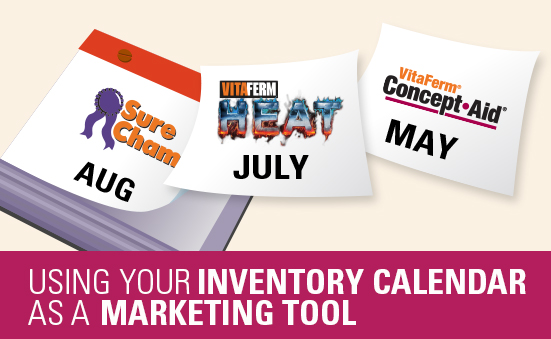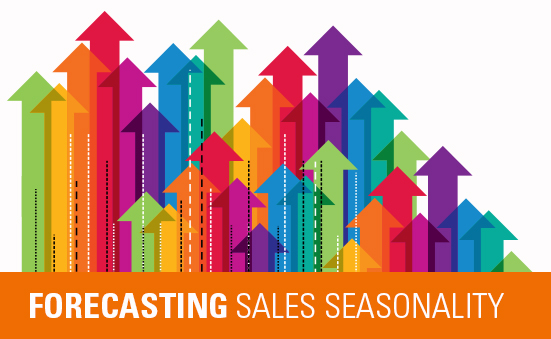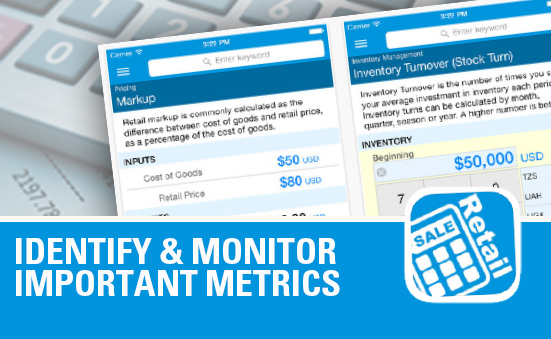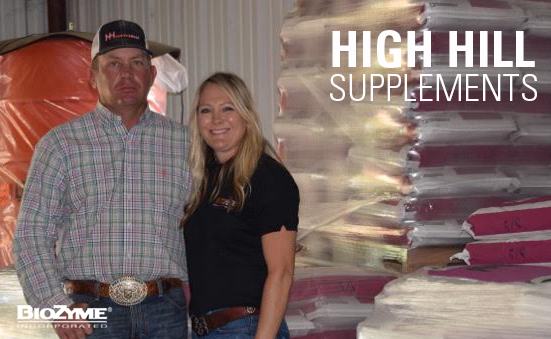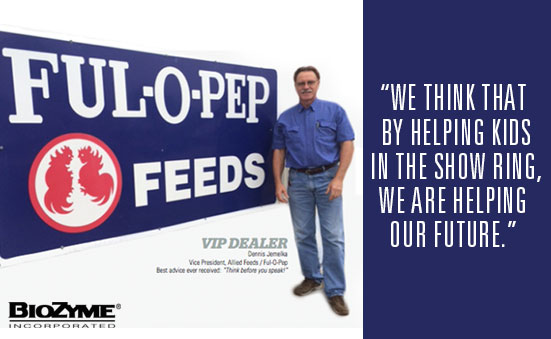Your favorite country band is coming to town and you have tickets. After months of waiting, the night of the show is finally here and you get to hear all of your favorite songs. However, that morning the band decided they didn’t like playing the same songs every night so they played two hours of pop covers instead. You leave feeling dejected and can’t understand why they wouldn’t play the music that made them great.
Though this would probably never happen with a band in real life, it does happen with brands quite often. Consistency is repetitive, and because we are the ones delivering that message day after day we sometimes feel like our message has become boring. What is actually the case is that consistency paves the way for creativity with an impact and is what moves your brand from a good one to a great one.
So, what is your brand? A brand is what sets you apart from everyone else. It can be anything – a symbol, design, name, sound, reputation, slogan, emotion, employees and more – that separates one thing from another. A brand gives your business an identity. Do you want to be just a feed salesperson, or someone everyone knows because of your consistent message and identification? The sales person who listens to your customers’ goals and offers suggestions to help achieve those goals? According to North Star Marketing, here are four advantages to being consistent with your branding message:
Consistency helps manage perceptions. By thinking carefully and deliberately about your brand, you can shape how people perceive your organization. Consistency connotes professionalism, purpose and stability.
Consistency conveys outlook and attitude. A focused effort to establish and maintain consistent branding will deliver a very specific set of impressions: Are you serious? Are you intentional? Do you follow through? Are you focused?
Consistency eliminates issues surrounding brand confusion. For many companies, their branding is actually more of a hindrance than a help. A consistent brand should instill confidence rather than confusion.
Consistency protects your investment. Without established brand standards, many organizations spend thousands of dollars crafting a logo and building a message, only to have it degraded by inconsistent, sloppy application. Build equity in your brand by being consistent.
As you position your product before customers, be sure to brand yourself or your business. Keep the message consistent in your producer meetings, brochures, Facebook posts and media interviews. If you use a tag line on the bottom of a direct mail piece, make sure that same tag line is on your web site. If you have a logo, keep it consistent on your marketing pieces – don’t change the font or color. Remember, when you need help with marketing pieces, you can contact Katie Vaz at kvaz@biozymeinc.com. She can help you work toward consistency in your positioning by adding your logo or brand slogan to any of the current marketing pieces.
Source: http://www.northstarmarketing.com/2015/05/07/the-difference-between-a-good-brand-and-a-great-brand-consistency/
